When discussing finance for a Major Renovation there are plenty of figures that need to be considered and a handful of requirements fulfilled before funds can be obtained.
Figures for consideration include:
- ‘As is’ Valuation
- Amount owing
- Available equity
- Design Costs
- Construction Costs
- ‘On Completion’ Valuation
Finance Requirements:
Your finance requirements will be dependent on whether your desired renovation work is considered a ‘home improvement’ or a ‘home renovation’? Doesn’t sound like a huge difference but in the eyes of your financial institution it is a big one.
Before explaining the difference, we first need to determine your financial capacity and the first place to look is your existing home…
Your financial situation
A bank will conduct a valuation on your home to determine what your property is worth in its current state. With your current value established it is very easy to calculate your available equity.
Calculating Available Equity with an ‘As Is’ Valuation

Available equity is the value of your property minus the amount your still owe. It is worth noting that generally you will only be able to borrow up to 80% of the value of the property without lenders mortgage insurance. For a home worth $600,000 this would mean you could borrow $480,000. If you owe $400,000 on your mortgage, this leaves $80,000 accessible for home improvements.
Home improvement finance…
Home improvement finance is considered the simplest way to access finance for minor home renovations. In the current economic climate banks will generally allow you to access up to $100,000 in available equity without justifying your improved value or providing a guarantee that you will use the funds for home improvements.
This is all well and good if the cost of your renovations does not exceed your available equity, but what if you want to do a major renovation that will cost more than the equity you have available? This is when you will require home renovation finance.

Home Renovation Finance
The requirements for home renovation finance are far more stringent. At this stage your bank will want to introduce a new financial measure – ‘On Completion’ Valuation. This will provide your bank with the potential improved value of your home once your major renovations have been completed.
Home renovation finance comes at a higher risk to your bank because they’re required to forecast the future value of your home, so additional steps are required at this stage to satisfy your banks requirements; this includes completing design plans and securing construction quotes prior to receiving approval for finance.
‘On Completion’ Valuation
During the ‘on completion’ valuation, two major considerations will be assessed:
- Size and location of your land
- Size and functionality or your proposed dwelling
All valuations require a degree of subjectivity and a valuer will tend to value conservatively. Normally a valuation falls within a range e.g. $890,000 – $950,000 and because banks need to work from a single figure, you will find valuation figures are likely to fall within the lower half of the range.
Of the two major considerations, you can really only influence the size and functionality of your proposed dwelling design; a well-designed home will maximise the livability and functionality and the best way to illustrate this for the valuer is with 3D design plans. Presenting your proposed design in 3D makes it very easy for your valuer to gauge the street appeal of your ‘on completion’ home along with the value added through the size and functionality improvements.
Calculating Available Finance with an ‘On Completion’ Valuation

Keeping with the previous example of a $600,000 property, the ‘on completion’ valuation could potentially be calculated at $900,000. The bank would then be willing to lend 80%, which would equate to total borrowings of $720,000. After taking away your existing home loan of $400,000, this would leave $320,000 available to borrow as home renovation finance.
There are a few restrictions associated with home renovation finance. The bank will not give you the full amount upfront, and will instead release the money in builder progress payments as the renovation progresses. This gives the bank added control and comfort in knowing that the money is increasing the value of your home and not being used for other purposes.
How to get started…
Require a Feasibility Study
 Before investing in design plans and construction quotes for your home renovation finance, you should consider an SEQ Building Design feasibility Study… Our report will detail the challenges, costs and deliver recommendations for both the regulatory and construction elements of your planned project.
Before investing in design plans and construction quotes for your home renovation finance, you should consider an SEQ Building Design feasibility Study… Our report will detail the challenges, costs and deliver recommendations for both the regulatory and construction elements of your planned project.
On completion of the Feasibility study you will have all the information you need for a mortgage broker to make a detailed assessment on your probability of securing home renovation finance.
Need a mortgage Broker?
While we have no financial interest, we are well aware of the quality of services provided by Melanie Smith – Mortgage Broker with Aussie Loans. Melanie is a home renovation finance specialist and has helped many Brisbane home owners finance their home renovations.
Melanie is contactable on 0411 223 301 or Melanie.Smith@aussie.com.au
About SEQ Building Design
SEQ Building Design – With over 20 years’ experience helping Queenslanders with their renovation designs and plans, we have a great understanding of what it takes to get your Brisbane renovation started so if you looking for designs or advice call our team on 07 3257 7224.




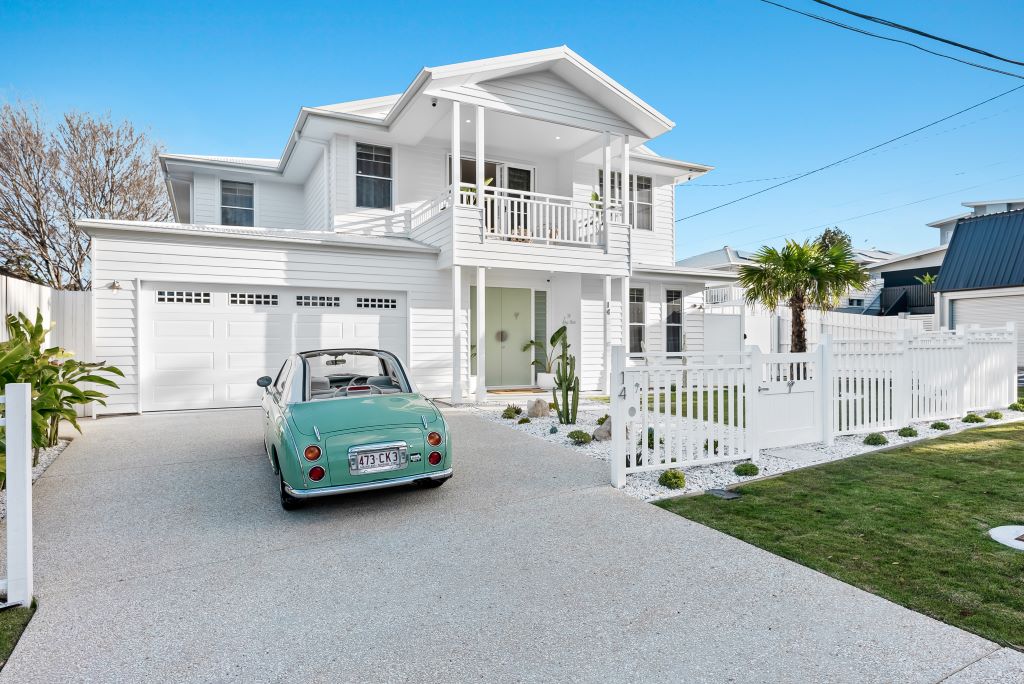
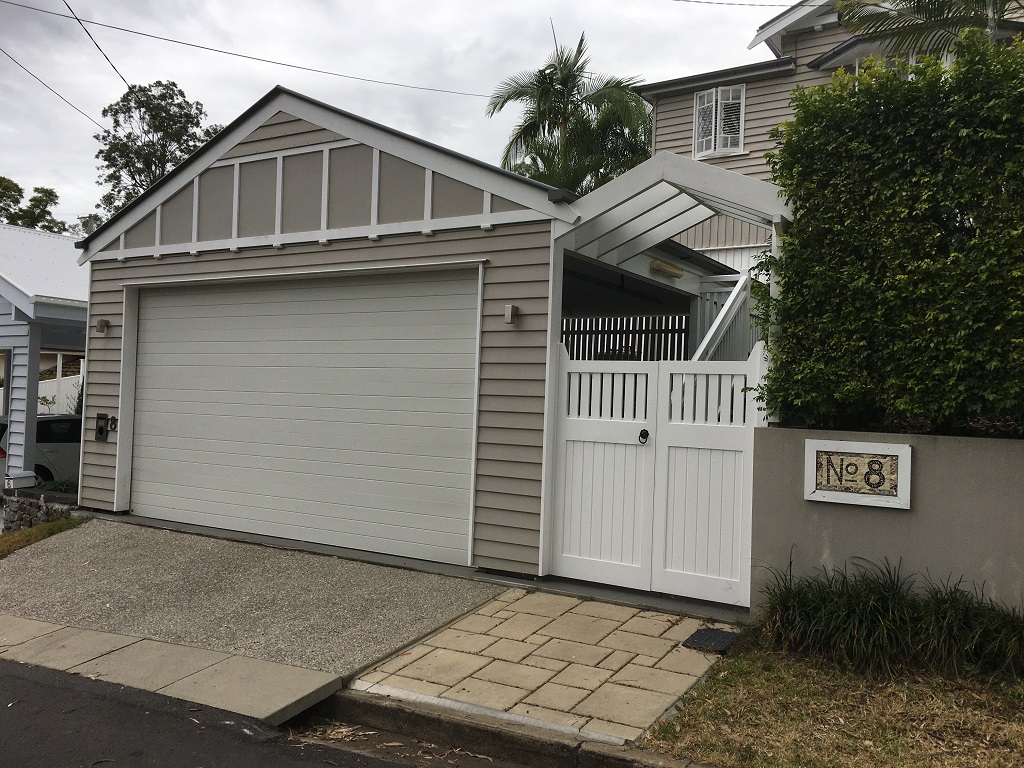
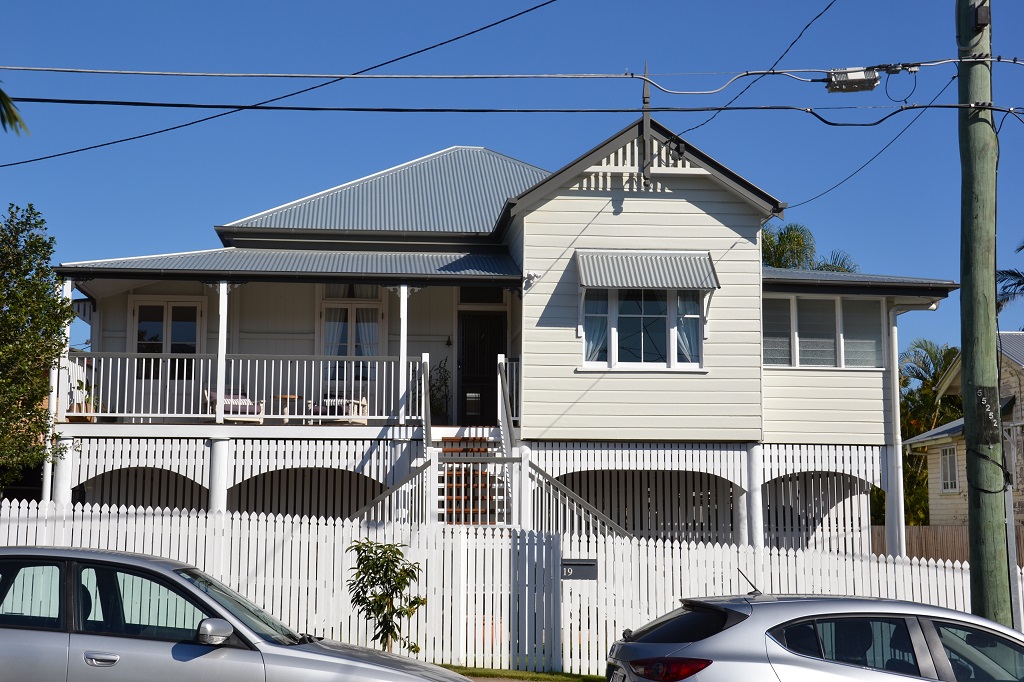
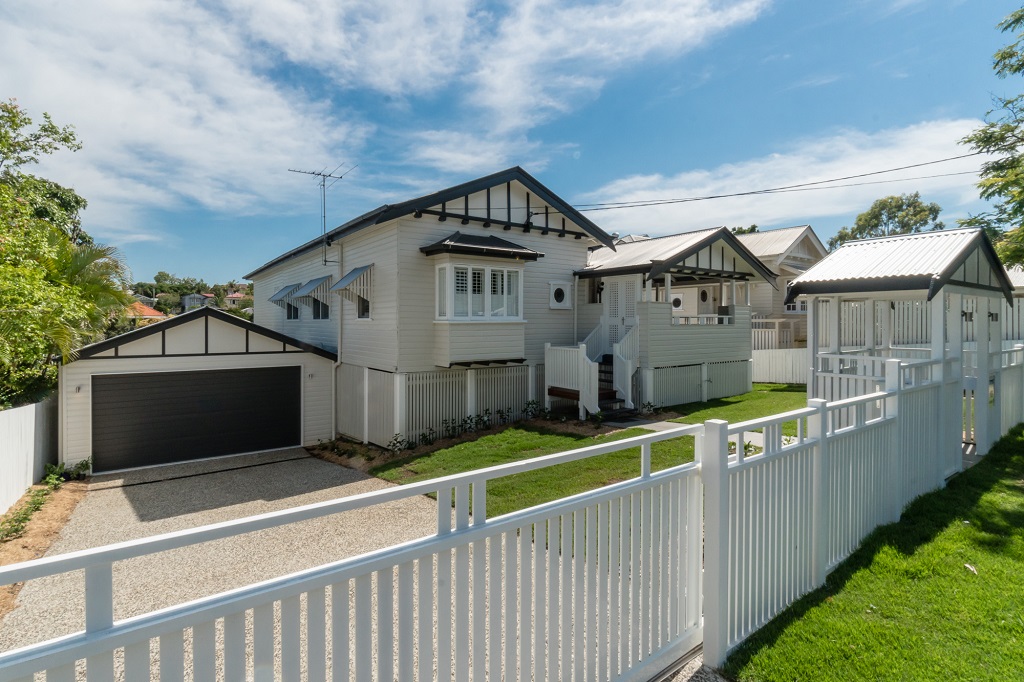
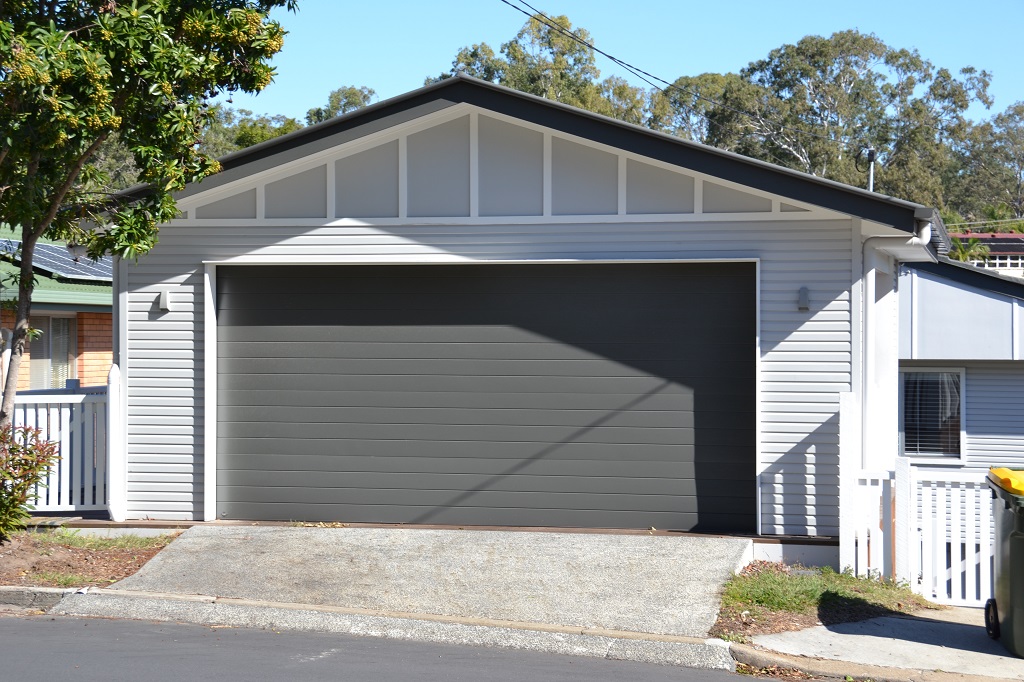
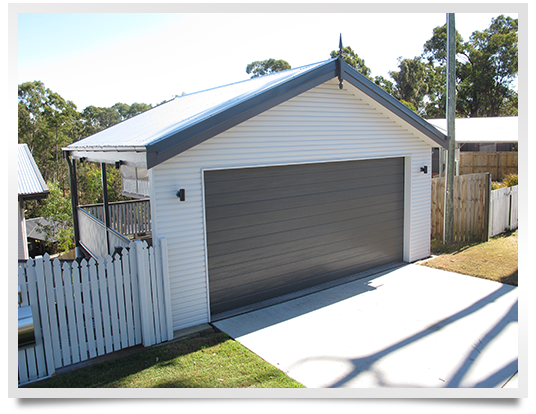
2 comments
Very interesting post you have in here. And I really appreciate you taking an effort to write this as this could be very helpful and beneficial to people like me who are eventually searching for this kind of matter.
Hello There. I found your blog using msn. This is a very well written article.
Leave a comment
Want to express your opinion?
Leave a reply!